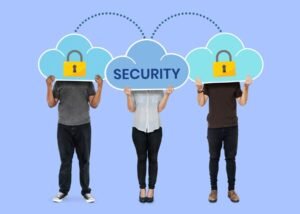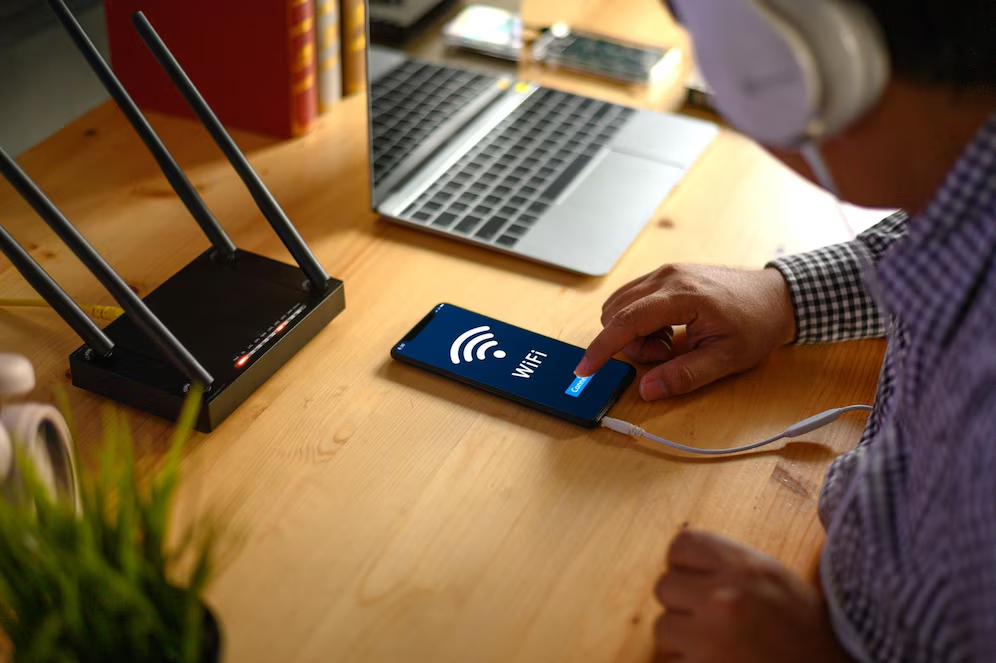In today’s digital age, securing your home Wi-Fi network is more important than ever. With the rise of smart devices and the prevalence of online threats, it’s essential to take steps to protect your network from potential cyberattacks. In this article, we’ll discuss some tips and best practices for securing your home Wi-Fi network to keep your personal information safe.
Why is Securing Your Home Wi-Fi Network Important?

Securing your home Wi-Fi network is important for several reasons. First and foremost, a secure network helps protect your personal information from cybercriminals who may try to steal it. This includes sensitive data such as financial information, passwords, and personal documents. In addition, securing your Wi-Fi network can help prevent unauthorized access to your network, which can slow down your internet speeds and lead to privacy concerns.
How to Secure Your Home Wi-Fi Network
1. Change the Default Password

One of the first steps to securing your home Wi-Fi network is to change the default password that came with your router. Many routers come with a default password that is easy to guess, making it vulnerable to cyberattacks. Be sure to choose a strong password that includes a mix of letters, numbers, and special characters.
2. Enable Encryption

Another important step in securing your Wi-Fi network is to enable encryption. Encryption helps protect your data by scrambling it so that it can only be read by authorized devices. The most common types of encryption for Wi-Fi networks are WPA (Wi-Fi Protected Access) and WPA2. Be sure to enable encryption on your router to keep your data safe.
3. Update Your Router’s Firmware

Just like any other device, your router needs to be regularly updated to ensure it is secure. Manufacturers release firmware updates to fix security vulnerabilities and improve performance. Be sure to check for updates regularly and install them as soon as they become available.
4. Use a Firewall

A firewall is a network security system that monitors and controls incoming and outgoing network traffic based on predetermined security rules. By using a firewall, you can block potential threats from entering your network and help keep your data safe. Many routers come with a built-in firewall that you can enable to add an extra layer of protection.
5. Disable Remote Management

Some routers come with a feature that allows you to manage your router settings remotely. While this may be convenient, it can also leave your network vulnerable to cyberattacks. To secure your home Wi-Fi network, it’s best to disable remote management to prevent unauthorized access to your router.
Frequently Asked Questions about Securing Your Home Wi-Fi Network
Here are five frequently asked questions about securing your home Wi-Fi network:
1. How can I check if my Wi-Fi network is secure?
To check if your Wi-Fi network is secure, you can use a network scanning tool to identify any vulnerabilities. Additionally, you can check your router settings to ensure encryption is enabled and that you are using a strong password.
2. Can I use a VPN to secure my home Wi-Fi network?
Yes, using a VPN (Virtual Private Network) is a great way to secure your home Wi-Fi network. A VPN encrypts your internet traffic and helps protect your data from potential cyberattacks.
3. How often should I change my Wi-Fi password?
It’s a good idea to change your Wi-Fi password regularly to enhance security. Consider changing it every few months or whenever you suspect unauthorized access to your network.
4. What are the risks of not securing my home Wi-Fi network?
Not securing your home Wi-Fi network can lead to various risks, including unauthorized access to your personal information, slower internet speeds, and potential privacy concerns. Cybercriminals may also use unsecured networks to launch attacks on other devices.
5. Is it necessary to hide my Wi-Fi network name (SSID)?
Hiding your Wi-Fi network name can add an extra layer of security, as it makes your network less visible to potential attackers. However, hiding your SSID is not foolproof, as determined hackers can still find your network. It’s best to combine hiding your SSID with other security measures for maximum protection.
In Conclusion,
Securing your home Wi-Fi network is essential for protecting your personal information and keeping your network safe from cyberthreats. By following the tips and best practices outlined in this article, you can enhance the security of your Wi-Fi network and enjoy peace of mind knowing that your data is safe. Take the time to implement these security measures and protect your home network from potential attacks.


